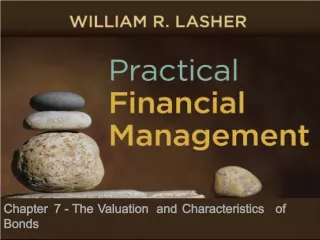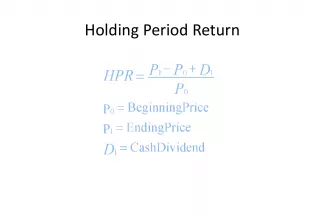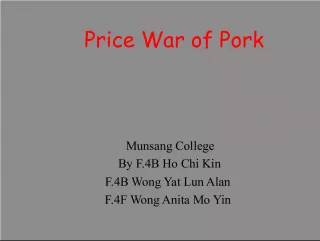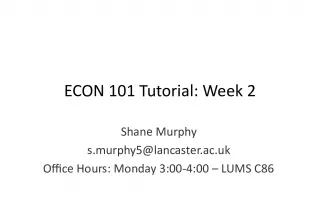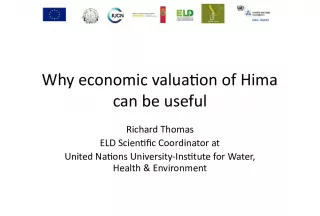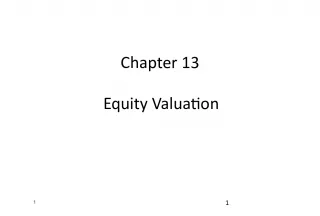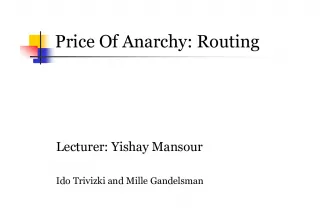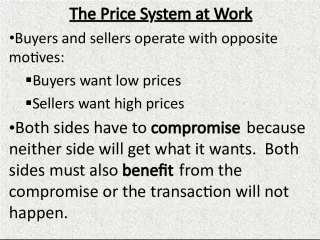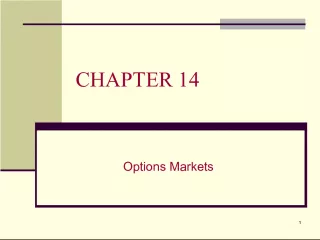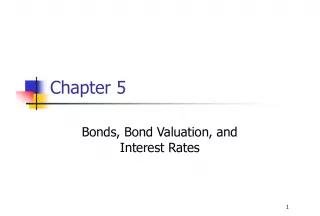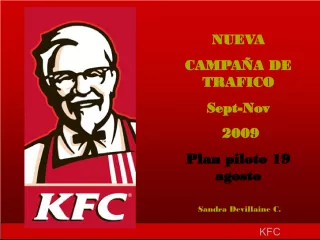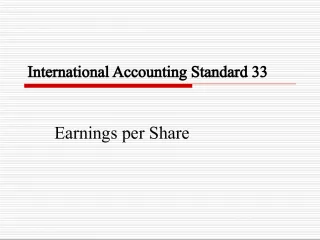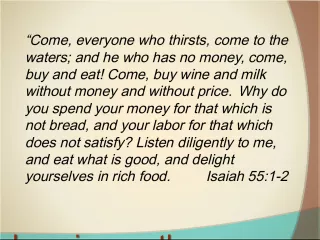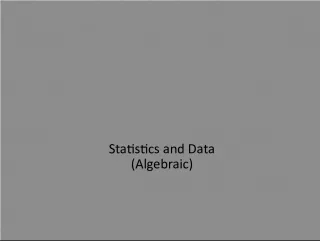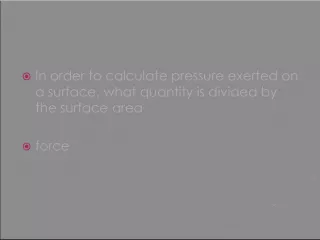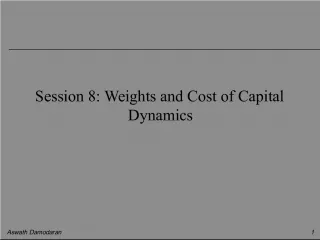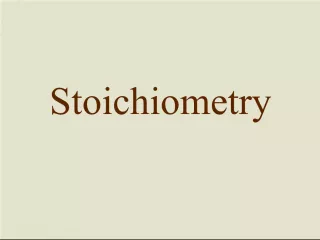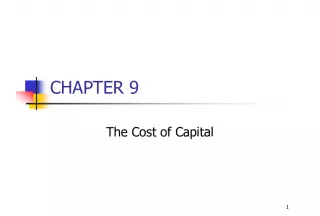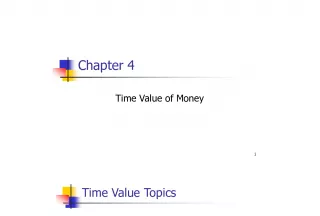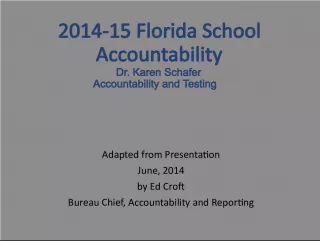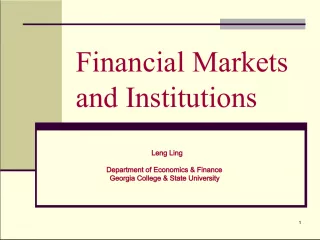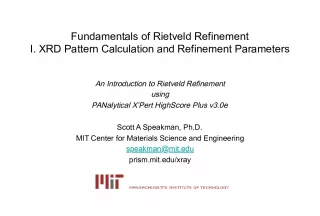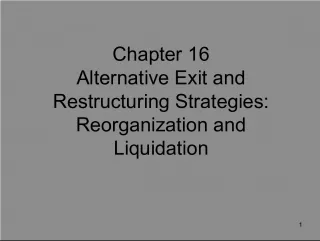Stocks Valuation and Price Calculation
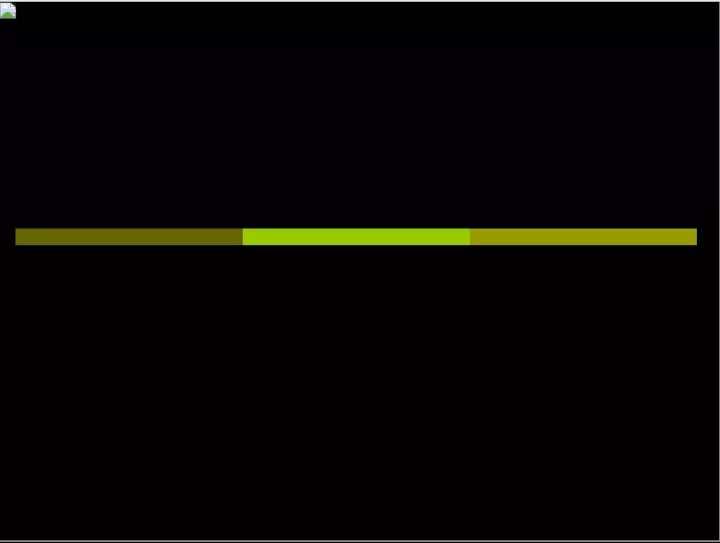

In this chapter on Business Finance, learn how to compute the price of a preferred stock and utilize various formulas to arrive at the stock valuation. Gain a comprehensive understanding of the concepts and techniques involved in determining the value of stocks.
- Uploaded on | 5 Views
-
 henrysingh
henrysingh
About Stocks Valuation and Price Calculation
PowerPoint presentation about 'Stocks Valuation and Price Calculation'. This presentation describes the topic on In this chapter on Business Finance, learn how to compute the price of a preferred stock and utilize various formulas to arrive at the stock valuation. Gain a comprehensive understanding of the concepts and techniques involved in determining the value of stocks.. The key topics included in this slideshow are . Download this presentation absolutely free.
Presentation Transcript
1. 1 FINC3131 Business Finance Chapter 9: Stocks and Their Valuation
2. 2 Learning objectives 1. Compute the price of a preferred stock. 2. Compute the price of common stock under various assumptions about dividend growth.
3. Preferred stock 1. Hybrid security. 2. Like bonds, preferred stockholders receive a fixed dividend that must be paid before dividends are paid to common stockholders. 3. However, companies can omit preferred dividend payments without fear of pushing the firm into bankruptcy.
4. Common Stock 1. Represents ownership 2. Ownership implies control 3. Stockholders elect directors 4. Directors elect management 5. Managements goal: Maximize the stock price
5. Dividend growth model Value of a stock is the present value of the future dividends expected to be generated by the stock.
6. 6 Preferred stock Pays a fixed dividend forever. Price of preferred stock is simply the present value of a perpetuity. Required rate of return on preferred stock. Preferred stock dividend Required rate of return on preferred stock/ cost of capital for preferred stock Price of preferred stock
7. 7 Common stock For common stock, the future cash flows are: Dividends Selling price These cash flows are highly uncertain. To find the value of common stock, we make assumptions about how dividends evolve in the future. We look at 3 set of assumptions: 1. Constant dividend stream 2. Dividends grow at constant rate (constant dividend growth model) 3. Non-constant dividend growth
8. 8 Constant dividend stream Same amount of dividend is paid for ever. Cash flow stream resembles a perpetuity. Thus, we value the common stock in the same way as we value the preferred stock. Common stock price, P e Cost of equity capital, r e Common stock dividend Cost of equity capital or required rate of return on equity
9. 9 Dividends grow at constant rate 1 1. Assume that dividends grow at a constant rate, g, per period forever . 2. Given this assumption, the price of common stock equals D 0 = Dividend that the firm just paid Dividend growth rate Required rate of return on equity Dont panic. D 1 = D 0 (1 + g)
10. 10 Dividends grow at constant rate 2 Useful properties. 1. All other things unchanged, If D 0 increases (decreases), P e increases (decreases). If g increases (decreases), P e increases (decreases). If r e increases (decreases), P e decreases (increases).
11. 11 Dividends grow at constant rate 2 1. By rearranging the above equation, we can find the required rate of return on equity 2. For the constant growth model to work, r e > g. Dividend yield Capital gains yield Required rate of return on equity
12. 12 Constant growth problems 1 Jarrow Company will pay an annual dividend of $3 per share one year from today. The dividend is expected to grow at a constant rate of 7% permanently. The market requires 15% What is the current price of the stock (to 2 decimal places)? In this question D 1 is already given to you. Verify that Price = $37.5
13. 13 Constant growth problems 2 Johnson Foods Inc. just paid a dividend of $10 (i.e., D 0 = 10.00). Its dividends are expected to grow at a 4% annual rate forever. If you require a 15% rate of return on investments of this risk level, what is Johnson Foodss current stock price? (to 2 decimal places) Straightforward application of price formula. Verify that price = $94.55
14. 14 Constant growth problems 3 The price of a stock in the market is $62. You know that the firm has just paid a dividend of $5 per share (i.e., D 0 = 5). The dividend growth rate is expected to be 6 percent forever. What is the investors required rate of return for this stock (to 2 decimal places)? Use r e = (D 1 /P) + g. Verify that r e = 14.55%
15. 15 Constant growth problems 4 A firm is expected to pay a dividend of $5.00 on its stock next year. The price of this stock is $40 and the investors required rate of return is 20%. The firms dividends grow at a constant rate. What is this constant dividend growth rate (g)? use r e = (D 1 /P) + g Verify that g = 7.5%
16. 16 Constant growth problems 5 In order to use the constant dividend growth model to value a stock it must be true that: a. The required rate of return is less than the expected dividend growth rate. b. The expected dividend growth rate is greater than zero. c. The next dividend (D1) is expected to be greater than $1.00. d. The expected dividend growth rate is less than the required rate of return. Which statement is correct?
17. 17 Non-constant dividend growth 1 1. With this assumption, dividends grow at different rates for different periods of time. Eventually, dividends will grow at a constant rate forever. 2. Time line is very useful for valuing this type of stocks. 3. To value such stocks, also need the constant growth formula. 4. Best way to learn is through an example.
18. 18 Non-constant dividend growth 2 ABC Co. is expected to pay dividends at the end of the next three years of $2, $3, $3.50, respectively. After three years, the dividend is expected to grow at 5% constant annual rate forever. If the required rate of return on this stock is 15%, what is the current stock price? T = 0 $2.00 $3.00 $3.50 Dividends grow at 5% forever T =1 T = 2 T = 3 T = 4
19. 19 What to do? 1. Use constant growth formula to find stock price at the end of year 3. Call this stock price P 3 . 2. Add P 3 to dividend received at t=3. This sum is the cash flow for t=3. Find PV of this cash flow. 3. Find PV of dividends at t=1, t=2. 4. Current stock price = sum of 2 and 3.
20. 20 Apply the method to find ABCs stock price 1. P 3 = (3.5 x (1.05))/(0.15 0.05) = 36.75 2. At t=3, cash flow is 36.75 + 3.50 = 40.25 Current stock price, P 0
21. If D 0 = $2 , r=13% and g = 30% for 3 years before achieving long-run growth of 6%, what is the PV? 1. Can no longer use just the constant growth model to find stock value. 2. However, the growth does become constant after 3 years.
22. r s = 13% g = 30% g = 30% g = 30% g = 6% P 0.06 $66.54 3 4.658 0.13 2.301 2.647 3.045 46.114 54.107 = P 0 ^ 0 1 2 3 4 D 0 = 2.00 2.600 3.380 4.394 ... 4.658
23. 23 Another type of non-constant growth problem Malcolm Manufacturing, Inc. just paid a $2.00 annual dividend (that is, D 0 = 2.00). Investors believe that the firm will grow at 10% annually for the next 2 years and 6% annually forever thereafter. Assuming a required return of 15%, what is the current price of the stock (to 2 decimal places)? Use timeline to see the problem better. Verify that stock price = $25.29
24. 24 Summary 1. Find the price/ present value of equity securities 2. Consols, preferred stock are valued using the same techniques. 3. Common stocks are valued under 3 different assumptions about dividends Constant dividends Dividends grow at constant rate Dividends grow at different rates 4. Assignment: self-test question ST-3 ST-4 problems: 9-1 9-2 9-3 9-6 9-7 9-8 9-11 9-13 9-14
